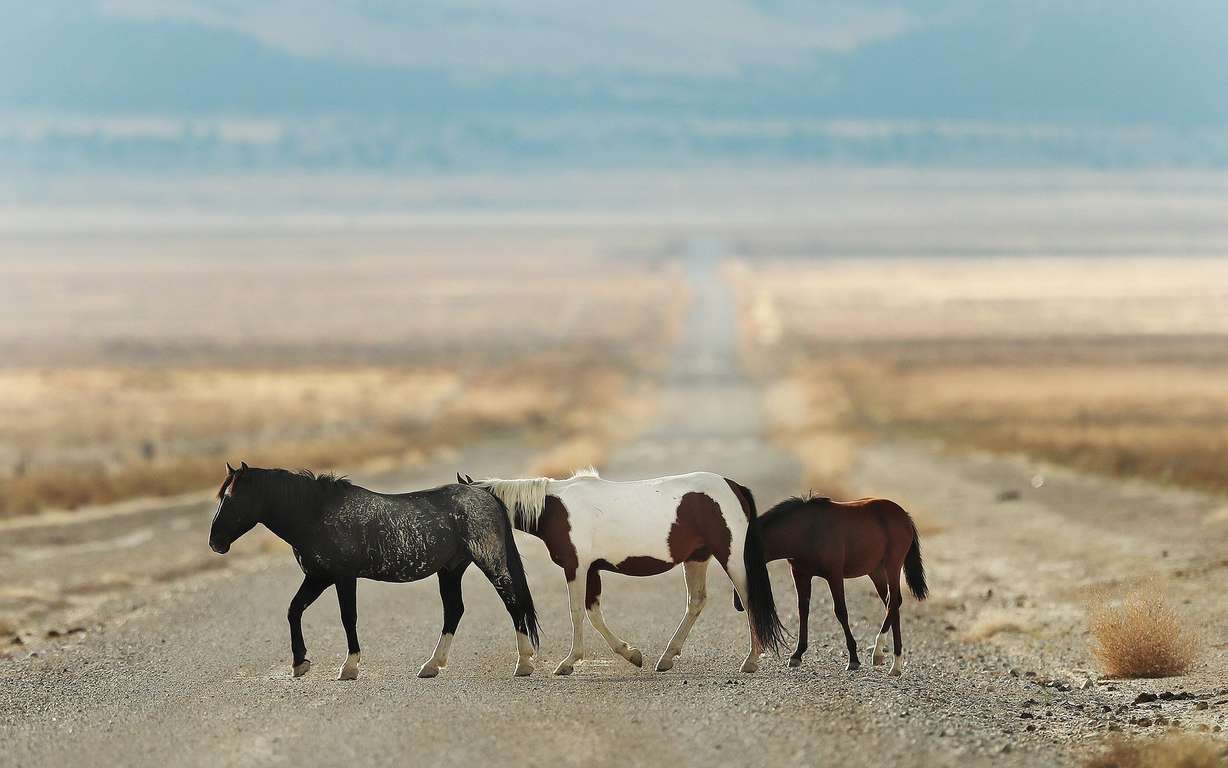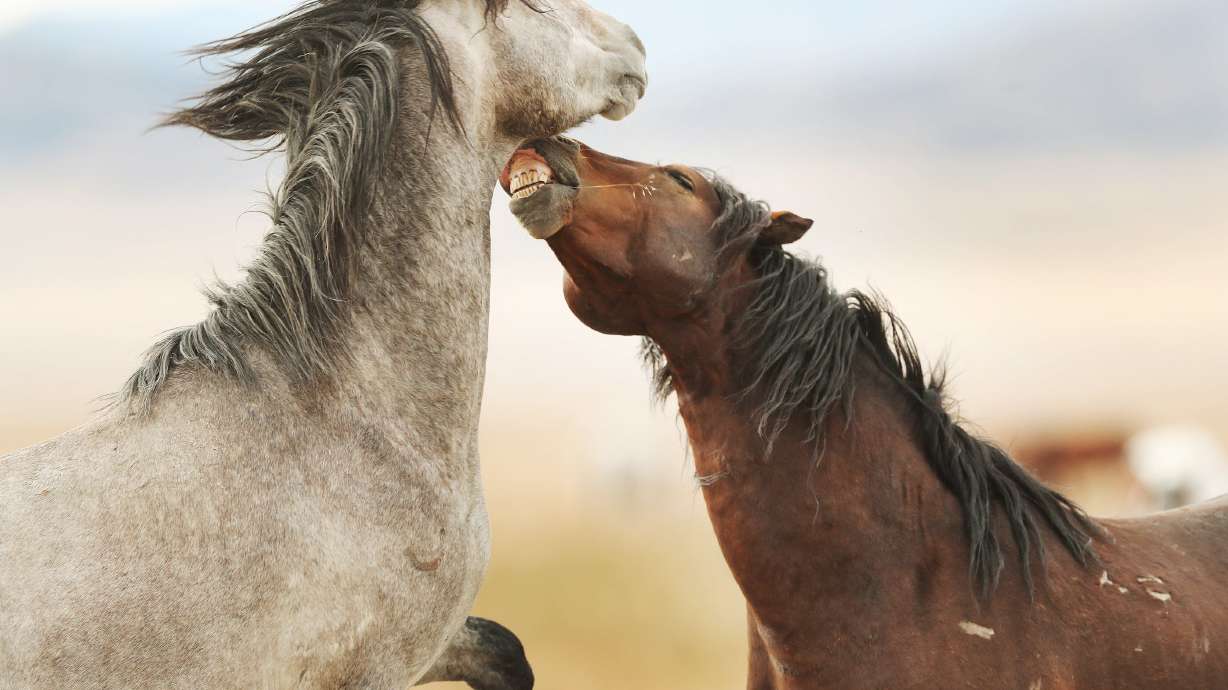- Utah faces challenges managing its wild horse and burro population that are exceeding appropriate limits.
- Rep. Carl Albrecht highlighted the costly dilemma of saving and managing the animals.
- Chelsea Gammon's sanctuary in Pennsylvania offers inspiration, but Utah still seeks practical solutions.
SALT LAKE CITY — There was a moment in time when a man was going down a road.
That man saw a group of wild horses that were skin and bones. Perhaps there were seven of them.
The man was Rep. Carl Albrecht, R-Richfield, and he said he was heartbroken. But he is also a realist.
There is a righteous mystical thing about a wild horse. But the plain truth is that it takes a lot of money to save them, find range for them, keep them healthy. During a legislative interim committee hearing Tuesday, Albrecht addressed the ugly truth, the difficult balance.
How many wild horses do you save, and how do you pick and choose?
How to save a horse
Here are the facts:
- Wild horses and burros numbers in Utah far exceed appropriate management level numbers.
- Stray horses (outside of federally managed horse management areas) are increasing around the state.
The truth is that horses don't observe boundaries, as much as federal government wants to put them in certain areas, and are hard to control.
So how do you manage a Western legacy? How do you not let them starve or die from dehydration?
There is inspiration
One woman has found a way to rescue Western mustangs. Chelsea Gammon never thought she would be in this situation — but one horse taught her to never give up. Gammon said she took a chance on a wild mustang, and it was the best thing she ever did. She learned from the horse, and the horse learned from her. That horse was the impetus for Gammon to open up a wild horse sanctuary in Pennsylvania.
She called it Folly & Friends Mustang Sanctuary. "Folly" means a lack of good sense. Yet, when it comes to wild horses, someone needs to figure it out.

Gammon says the East Coast is in love with West Coast mustangs and the chance of having a wild mustang.
But there are no easy solutions to the wild horse problem in Utah. The state is looking for answers. Perhaps it is better management. Perhaps trying new things would work.
Meanwhile, the Bureau of Land Management is preparing for an emergency roundup in Emery County soon to address dying horses. And while lawmakers complain about strays, there may be a way for a compromise.
In any event, Utah needs to get a handle on its stray horses, and the Legislature will continue to look for answers.











